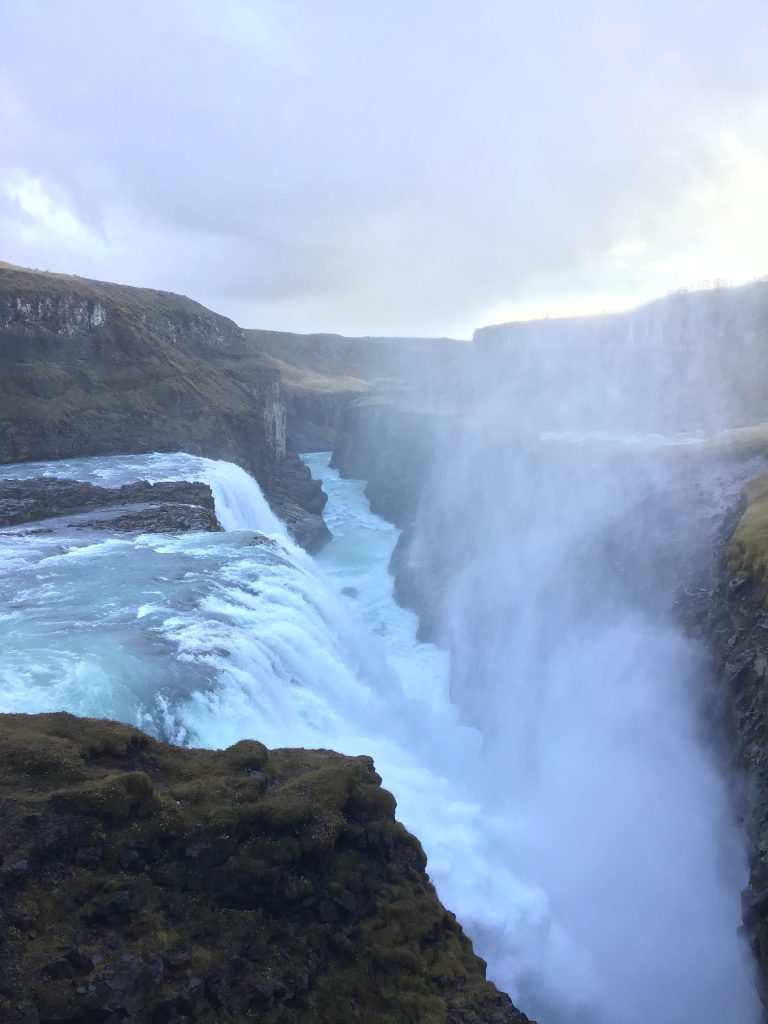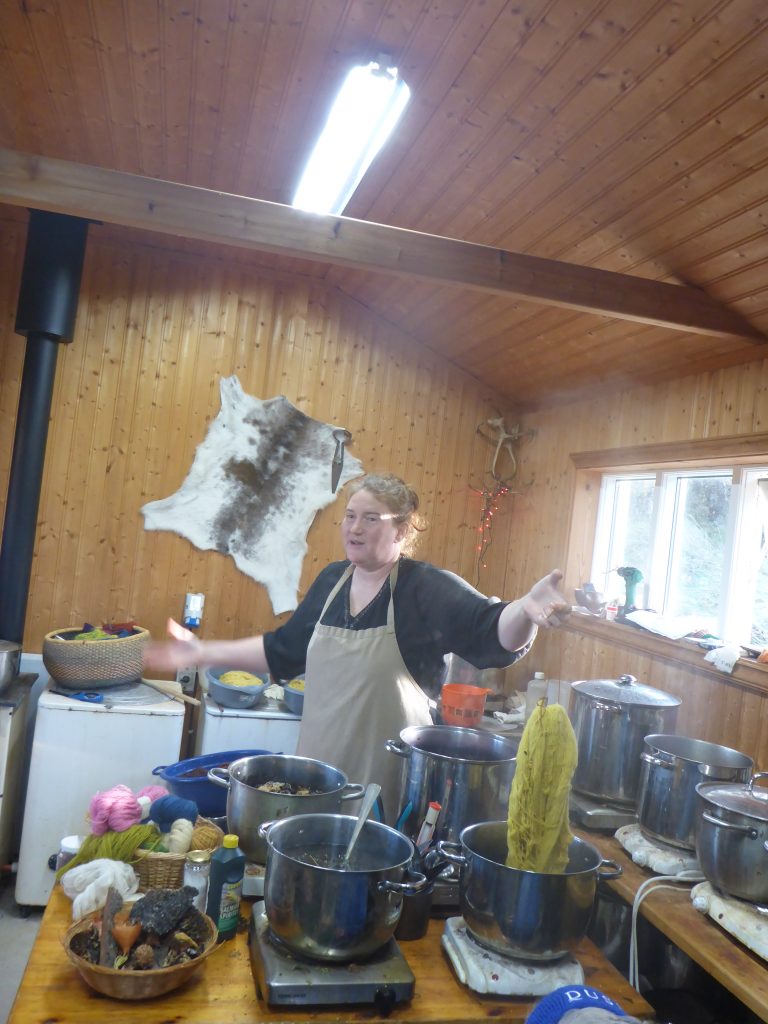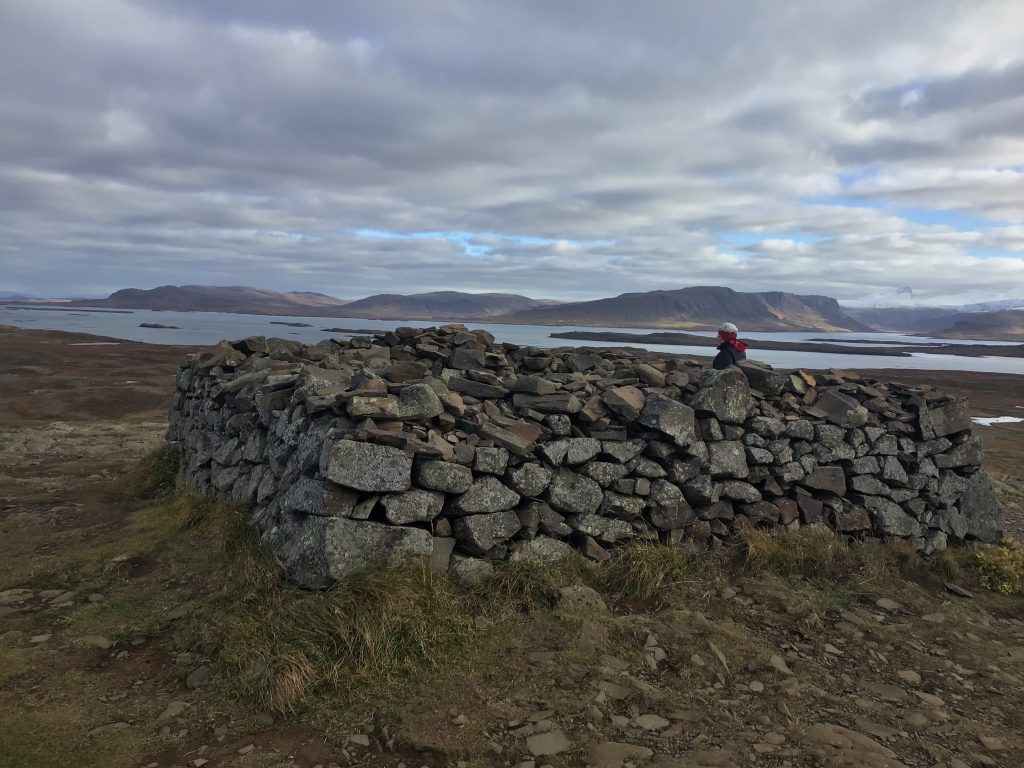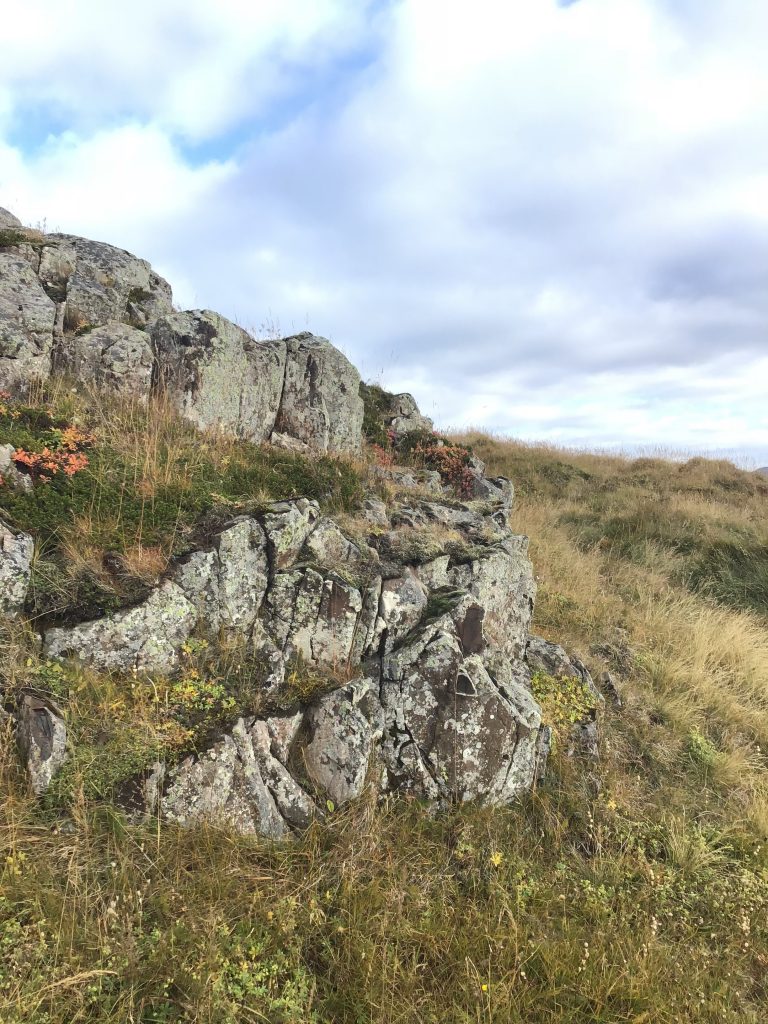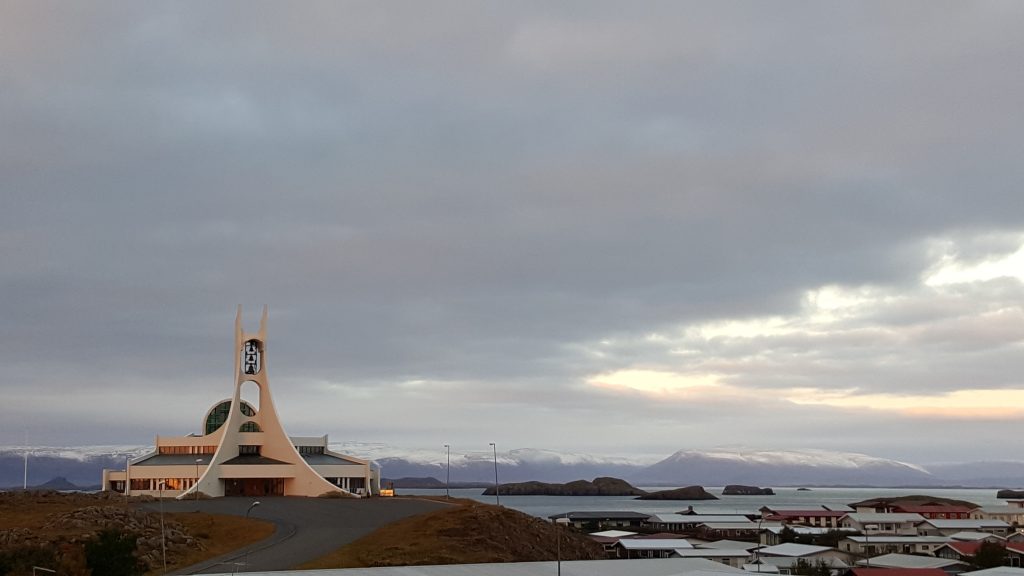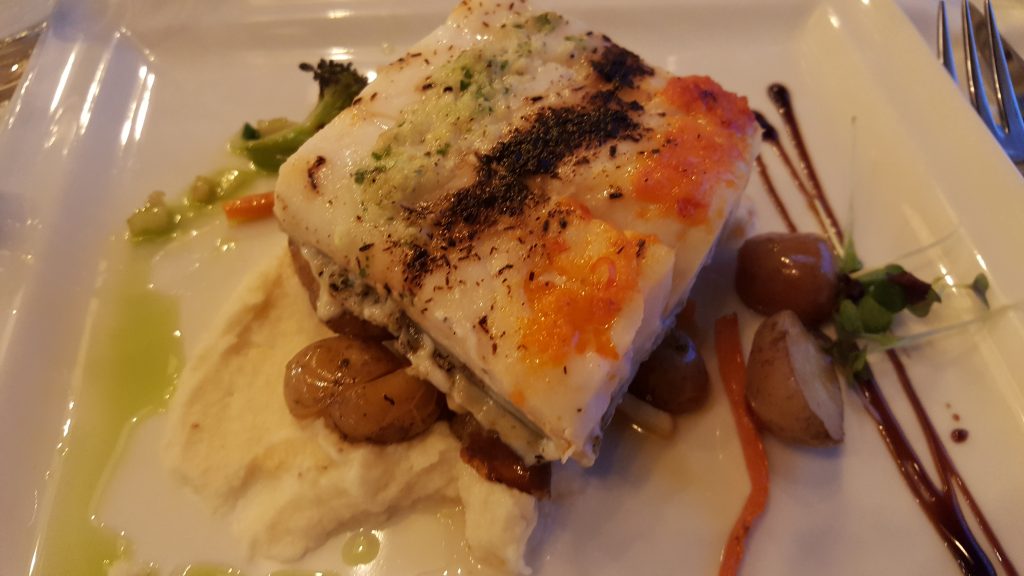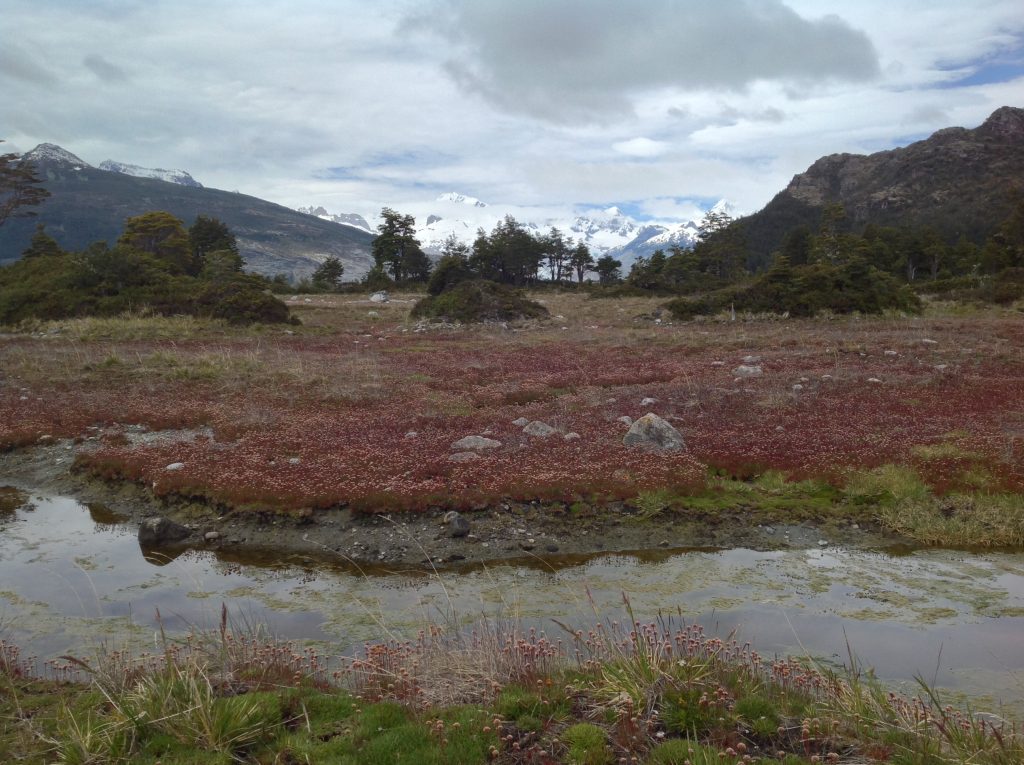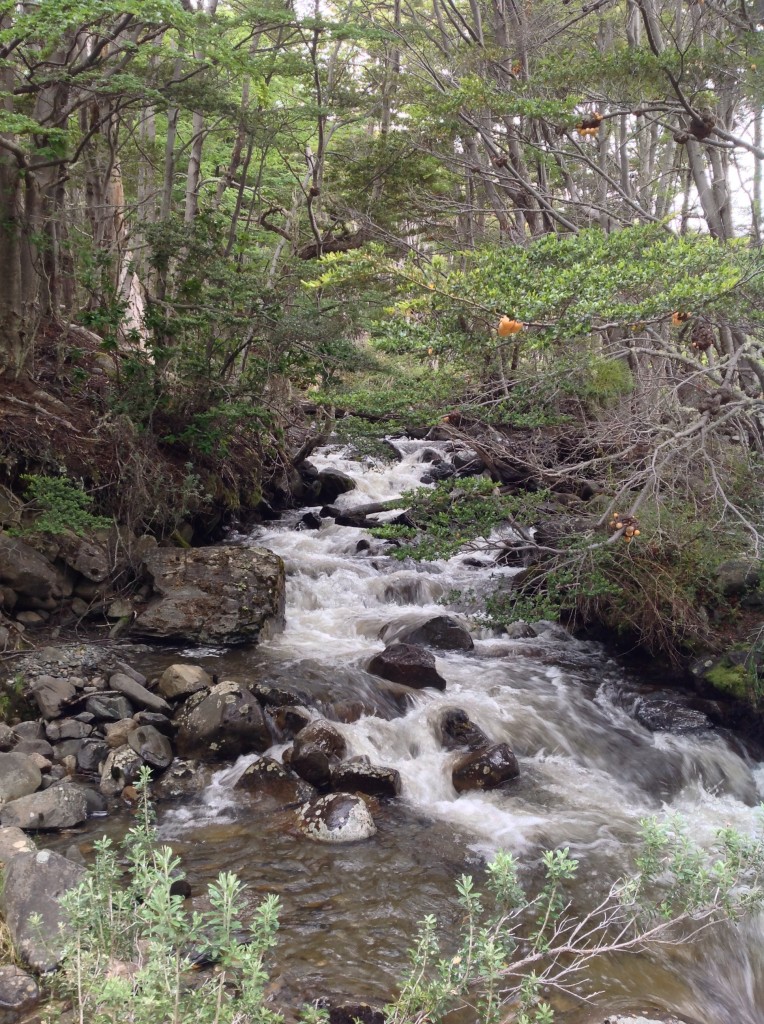I’ve been using Out of Milk, a grocery app, for close to two years. I first blogged about using a Grocery List App (read here) in 2017. Overall, I’m still satisfied with the app. It’s fairly basic as far as functions go, but that also makes it easy to use.
My favorite thing about the app is having a centralized place to immediately capture whatever I need, no matter where I am. Prior to having the app, I would scribble down my grocery lists on random scraps of paper, post-it notes, or even in the margins of my notes. The paper system worked okay, but I find it much handier to keep a running list. Now, as soon as I notice or remember I’m running low on something, I can add it to the app so it’s there the next time I go shopping. If I just wanted a centralized place to write down my grocery list, any note-taking app would do. Or I could use a white or chalk board in my kitchen, which is useful but limited in some ways. The difference is Out of Milk is designed specifically to enhance the process and offers some features to that make it more efficient.
The “Pantry List” is convenient for adding frequently used, or routine items, to the grocery list. From the “Pantry List,” they can be added to the grocery list. Items deleted from the grocery list, remain in the “Pantry List,” available for reuse the next time I go shopping without having to write them again.
I’ve also found it’s pretty useful for creating customized lists. The Out of Milk app is fairly versatile so it’s pretty easy to create and maintain lists for specialized stores or non-food items. For example, I created a separate list for a specialty grocery store I shop at for certain items. I also have separate lists, or categories, for drugstore or hardware store items. Again, super useful to have a centralized place to record all of my shopping needs when I think of them so they are captured and ready for when I go out.
The thing I was most frustrated about with the app, namely that it allows me to add the same item more than once to the same grocery list, is still there. Aside from that, it’s a keeper.

